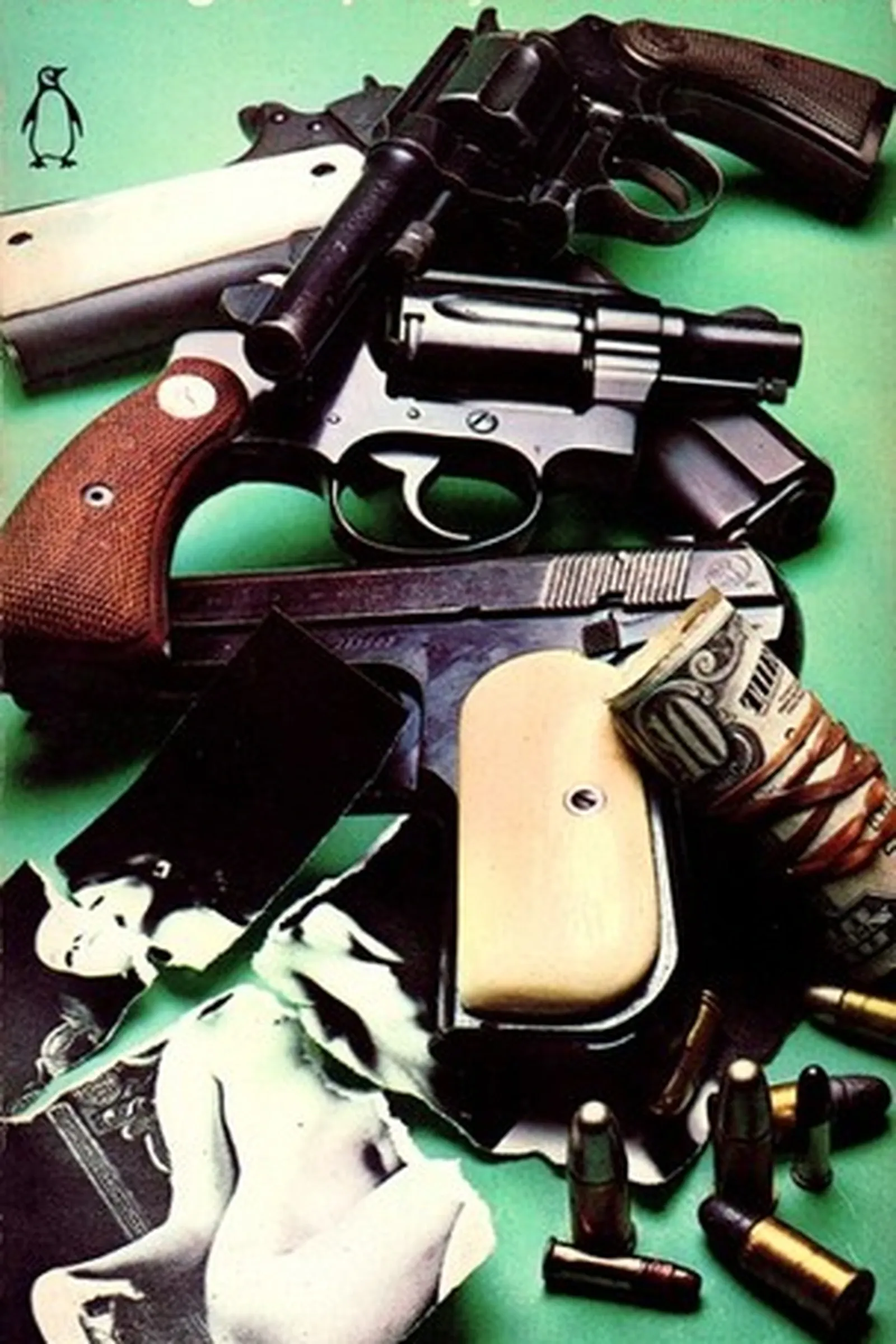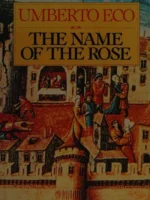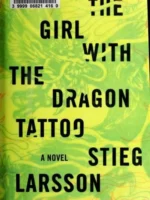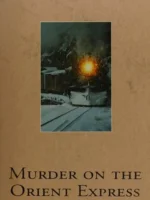The Big Sleep, Raymond Chandler, 1939
- Author: Raymond Chandler
- Genre: Mystery/Crime
- Publisher: Vintage Crime/Black Lizard
- Publication Year: 1939
- Pages: 231
- Format: Paperback
- Language: English
- ISBN: 978-0394758282
- Rating: 4,1 ★★★★☆
The Big Sleep Review
About
Published in 1939, Raymond Chandler’s The Big Sleep introduced private detective Philip Marlowe and changed the tone of American crime fiction forever. It took the classic whodunit and drenched it in Los Angeles smog—corruption, heat, and loneliness wrapped in cigarette smoke. Chandler’s writing is both hard-boiled and poetic, cynical yet romantic about decency in a dirty world. The book helped define the noir voice: tough, witty, morally bruised, and endlessly imitated.
Overview
The novel begins when aging oil tycoon General Sternwood hires Marlowe to handle a blackmail attempt involving his wild younger daughter, Carmen. What seems like a small job quickly expands into a tangle of pornography, gambling debts, missing persons, and murder. Along the way, Marlowe encounters Carmen’s older sister Vivian—cool, guarded, and far more involved than she admits—and a gallery of crooks, hustlers, and doomed dreamers. The mystery unfolds less through tidy deduction than through atmosphere and moral tension. Chandler cares less about who pulled the trigger than about who still bothers to care.
Summary
(light spoilers) Marlowe enters the Sternwood mansion, immediately sensing rot beneath the luxury. The General, half-dead but fully aware, asks him to protect the family’s name. The case begins with a blackmail scheme targeting Carmen, but Marlowe’s investigation quickly leads to the disappearance of a man named Rusty Regan, Vivian’s husband. The plot coils around pornographer Arthur Geiger, a dead body that vanishes, and a series of violent confrontations in back alleys and cheap hotels. Every time Marlowe thinks he’s reached an answer, another layer of deceit opens. By the end, he’s uncovered the truth about Regan’s fate and the family’s corruption, but the satisfaction is hollow. Justice feels less like triumph than damage control. The last image—Marlowe standing under the rain, thinking about death and duty—cements his role as the weary knight of a fallen city.
Key Themes / Main Ideas
• Corruption as landscape — Los Angeles as a beautiful, poisonous ecosystem.
• The private code — honor in a world where law and morality don’t overlap.
• Desire and decay — sex and money as twin engines of ruin.
• Isolation — the detective as both witness and exile.
• Language as armor — Marlowe’s wit a way to survive the dirt he walks through.
Strengths and Weaknesses
• Strengths — Lyrical dialogue and description; Chandler’s Los Angeles feels alive, dangerous, and strangely familiar.
• Strengths — Marlowe’s integrity gives emotional weight to every wisecrack.
• Weaknesses — The plot famously tangles itself (even Chandler admitted confusion), but the mood and voice carry it.
• Weaknesses — Female characters are often seen through the lens of male desire or suspicion, a mark of the era’s blind spots.
Reviewed with focus on themes, audience, and takeaways — Raymond Chandler
| pa_author | Raymond Chandler |
|---|---|
| ISBN | 978-6-565-66204-1 |
| pa_year | 1999 |
| Pages | 281 |
| Language | English |







